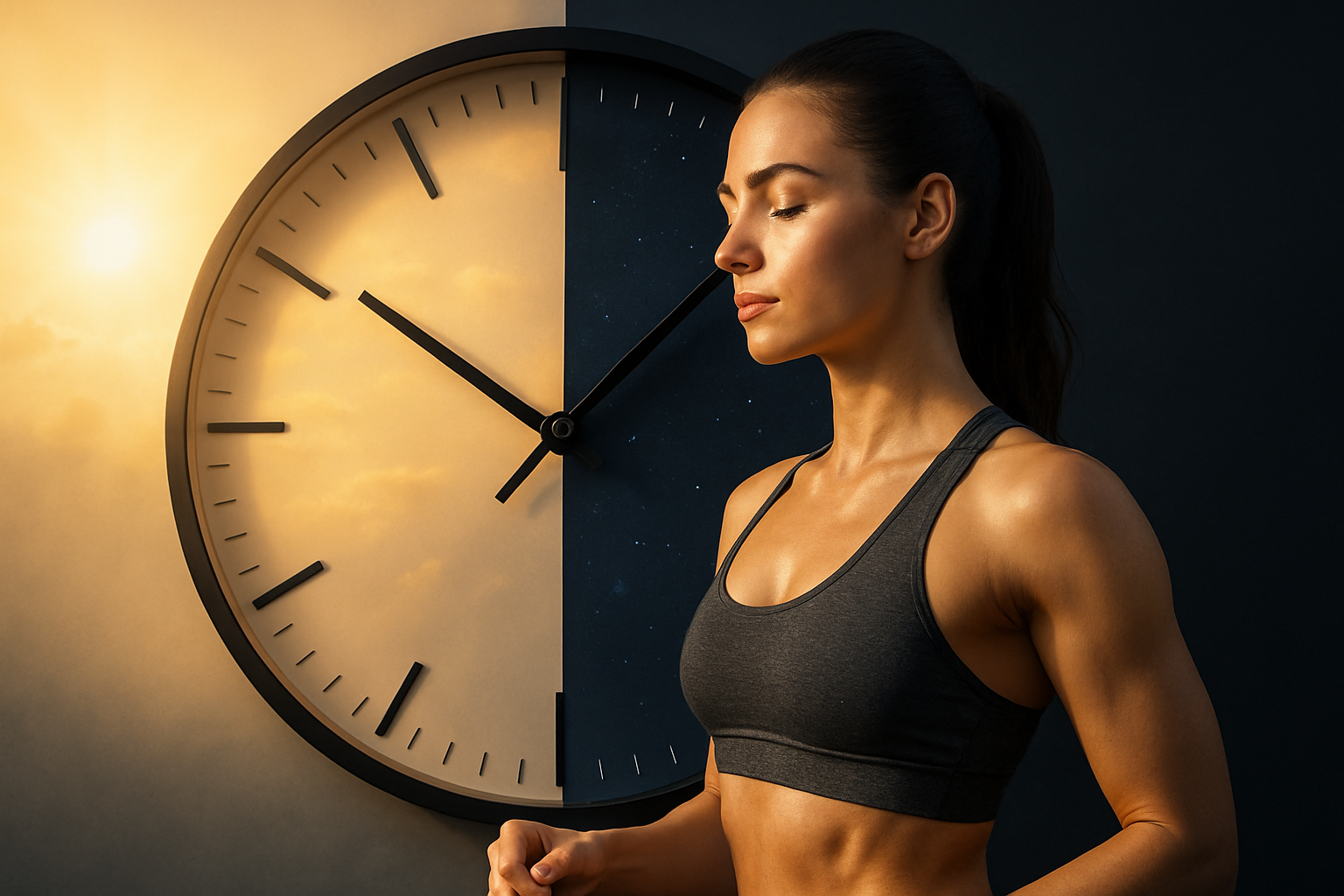Hydration habits that influence complexion and exercise output
Hydration supports both skin appearance and physical performance. Small daily habits—when combined with balanced nutrition, sleep, and recovery—help maintain skin elasticity, reduce inflammation, and sustain mobility, strength, and endurance during workouts. This article explains practical hydration strategies and how they interact with skincare, nutrition, and recovery routines.

Hydration habits that influence complexion and exercise output
Good hydration underpins visible complexion outcomes and practical exercise output in interconnected ways. Water supports skin cell turnover, helps maintain collagen function, and helps regulate inflammation; at the same time, adequate fluid balance influences endurance, strength, and recovery. This article outlines specific hydration habits, links to nutrition and sleep considerations, and offers ways to fold hydration into a mindful, consistent routine to protect skin health and exercise performance.
This article is for informational purposes only and should not be considered medical advice. Please consult a qualified healthcare professional for personalized guidance and treatment.
How does hydration affect skincare?
Hydration supports the skin’s barrier, influencing texture, plumpness, and the appearance of fine lines. When skin cells retain adequate water, the barrier lipid layer functions better, reducing transepidermal water loss and helping protect against irritants that can drive inflammation. Hydration also interacts with topical skincare: humectants like glycerin draw moisture into the outer layers, while occlusives lock it in. Alongside antioxidants and collagen-supporting nutrients, steady fluid intake helps maintain an even complexion and can complement targeted products.
How does hydration influence exercise performance?
Even mild dehydration can reduce endurance and strength, impair thermoregulation, and increase perceived exertion during workouts. Fluid balance affects blood volume, which in turn influences oxygen delivery and nutrient transport to working muscles. For activities demanding sustained effort—cardio or strength training—maintaining hydration helps preserve mobility, reduce cramps, and support recovery between sets or sessions. Pre-hydrating before exercise and replacing losses afterward are basic, evidence-informed practices to sustain output.
What role do nutrition and antioxidants play with hydration?
Hydration and nutrition work together: electrolytes (sodium, potassium, magnesium) regulate water distribution across cells, affecting both muscle function and skin turgor. Antioxidants from a varied diet can reduce oxidative stress, which contributes to inflammation and premature collagen breakdown in skin and connective tissue. Including fruits, vegetables, lean proteins, and sources of healthy fats supports collagen production and repair—pair that with consistent fluid intake to aid nutrient transport and metabolic recovery.
How do sleep and recovery interact with hydration?
Sleep and hydration are both restorative. Poor sleep can disrupt hormonal regulation of fluid balance, appetite, and repair processes, increasing inflammation that affects complexion and recovery capacity. During deep sleep, the body synthesizes tissue-repairing compounds—including collagen-building processes—so staying hydrated through the day and moderating evening alcohol or excessive caffeine can support overnight recovery. Rehydrating slowly after training helps reduce soreness and improves flexibility and mobility in subsequent sessions.
How can hydration support mobility, strength, and endurance?
A practical hydration approach supports joint lubrication and muscle function, contributing to better mobility and the ability to generate force. Sufficient fluids help sustain blood volume for aerobic performance and delay the onset of fatigue in endurance activity. For strength work, short-term dehydration can reduce maximal force output and impair recovery. Incorporate regular sips during longer workouts, match electrolyte intake to sweat losses for high-intensity or long-duration sessions, and prioritize post-workout rehydration to speed recovery and maintain flexibility.
How to build a hydration routine with consistency and mindfulness?
Create a simple, consistent routine: start the day with a glass of water, drink at intervals rather than waiting until very thirsty, and pair fluids with meals to support digestion and nutrient absorption. Mindfulness helps—notice color of urine, energy levels, and skin tightness as practical cues. For training days, plan pre-, intra-, and post-session fluids: a modest bolus 1–2 hours before exercise, measured sips during longer sessions, and a rehydration drink or water plus electrolytes after intense efforts. Coupling hydration with routine sleep, balanced nutrition, and recovery practices yields compounding benefits for both complexion and exercise output.
Conclusion
Hydration is a foundational element linking skincare and exercise performance. By supporting collagen maintenance, reducing inflammation risk, and preserving blood volume and muscle function, consistent fluid habits enhance complexion and the ability to train and recover. Integrate hydration with nutrition, sleep, mobility work, and mindful consistency to see steady improvements in both skin health and exercise output.





